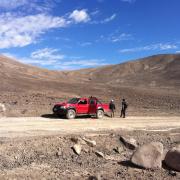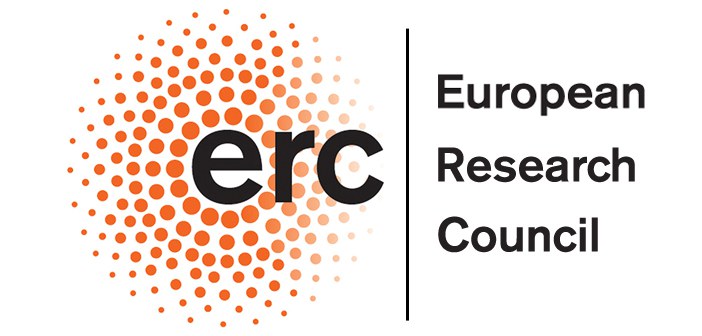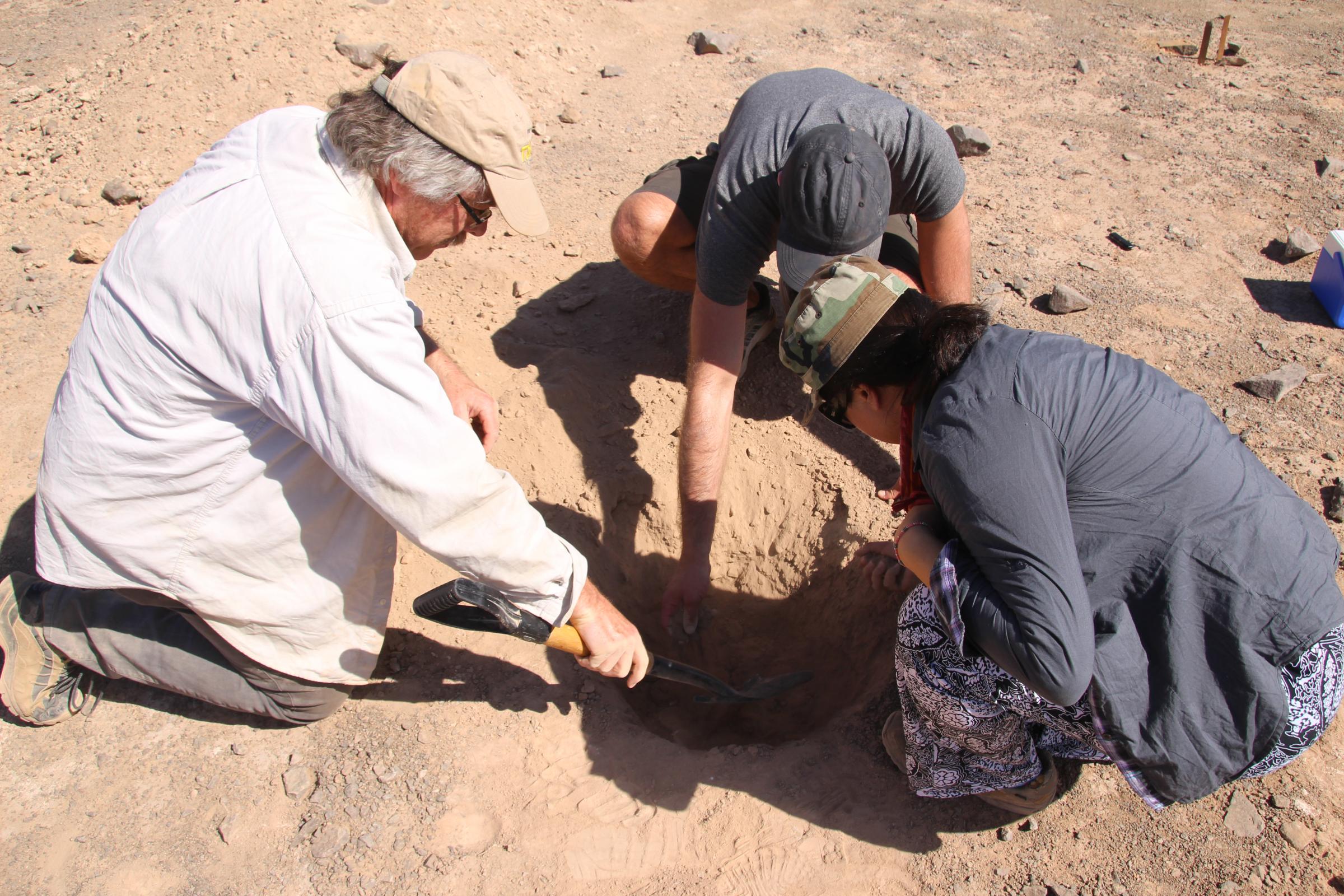
To achieve this objective, it is planned to test different types of soils and some of Earth’s hardiest organisms, using them as models (‘Mars-analogues’), to see if they can survive and perhaps even grow under the various environmental stresses known to exist on Mars.
A major tool of the laboratory investigations will be the experimentally proven state-of-the-art Mars Simulation Chamber at the German Aero Space Center, to which various soils materials and microorganisms will be exposed. The planned experimental investigations and models will be concurrently updated by analyzed mission data, particularly from landers and rovers (e.g., Curiosity Rover), to adjust this work to the newest Martian geochemical and environmental data available. Results from the HOME-related work will timely provide critical scientific knowledge to interpret incoming data from ESA’s ExoMars mission, which is scheduled for launch in 2016/2022. As one important deliverable of this work will also be to construct a Mars Soil Analyzer, an instrument which will be designed for a future mission to Mars with the objective to achieve Technology Readiness Level 6 at the completion of the proposed study.
The Atacama Project
The Atacama Project is one of the subprojects of HOME. This project is a collaborative and international investigation with the objective to investigate the dry limit of life. The Atacama Desert is one of the best analog sites to test for habitable environments on Mars. In April 2015 we conducted our first field season investigating a moisture-transect in the Atacama Desert and some specialized habitats that are known to exist near some of the driest sites. Samples were collected from selected sites, which are currently analyzed using a variety of geochemical, mineralogical, physical and microbiological methods. The investigations are conducted by a consortium of research groups from Europe, North America, and South America. In June 2015 we installed sensors at some of these sites for long-term monitoring of relative humidity and meteorological parameters, and in March 2016 we collected additional samples.
Fig.1: Sampling in the Yungay Area of the Atacama Desert, Chile.
supported by ERC Advanced Grant 339231


